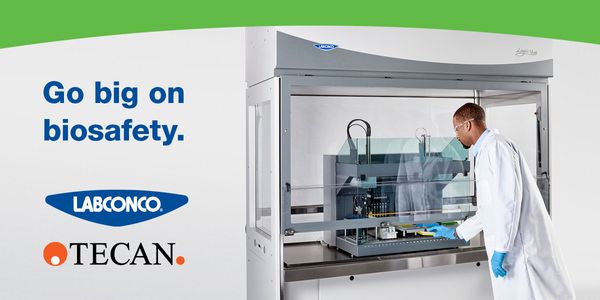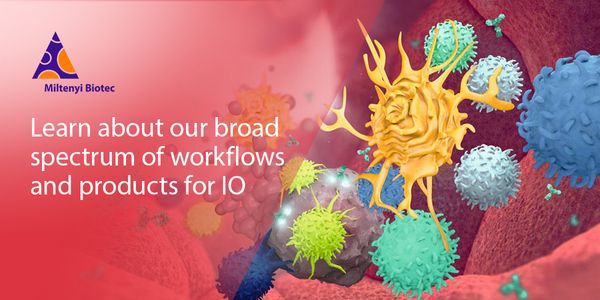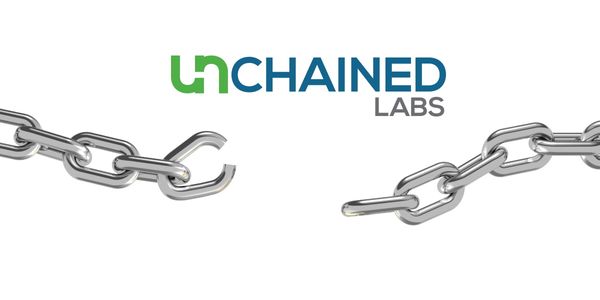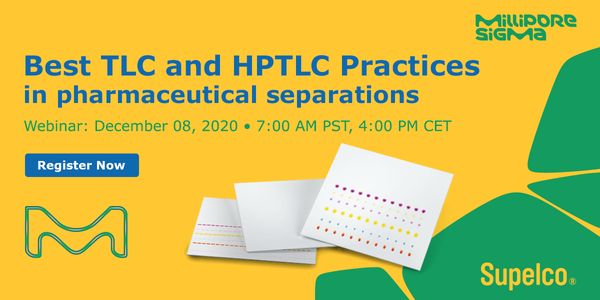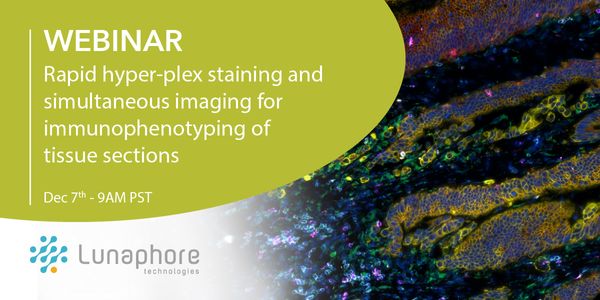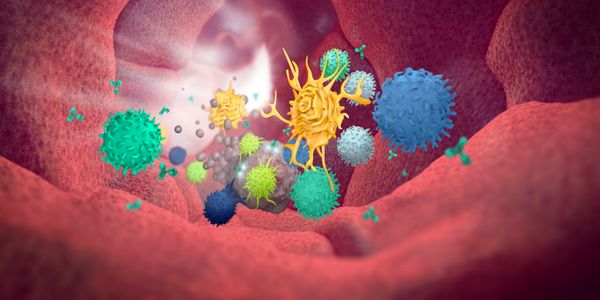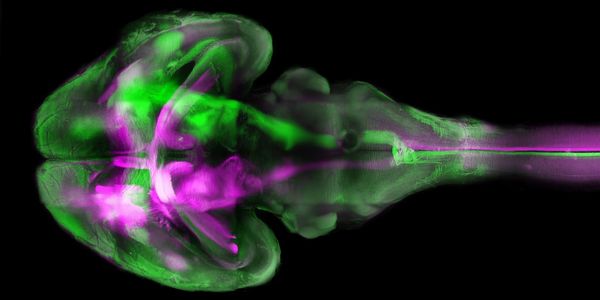Drug Discovery
Drug Discovery: drug discovery is the process by which new candidate medications are discovered. Historically, drugs were discovered through identifying the active ingredient from traditional remedies or by serendipitous discovery. Modern drug discovery involves the identification of screening hits, medicinal chemistry and optimization of those hits to increase the affinity, selectivity (to reduce the potential of side effects), efficacy/potency, metabolic stability (to increase the half-life), and oral bioavailability.
-
MAR 09, 2021 | 8:00 AMDate: March 09, 2021 Time: 8:00am (PST), 11:00am (EST) Lung cancer is one of the three most common types of cancer. Representing 85% of all lung cancers...G protein-coupled receptors (GPCRs) are among the most intensively studied drug targets, and account for about ~34% of all drugs approved by the FDA. Examples of drugs targeting GPCRs includ...Speaker: Annette Gilchrist, PhD , Professor Kevin Pfleger, MA, PhD, FBPhS , Juan José Fung, PhD , Aarti Kawatkar , Yamina A. Berchiche, PhD , Ajay Yekkirala, PhDPresented at: Drug Discovery & Development Virtual Event Series 2021
Stable cell lines are critical tools of cellular assays in drug discovery and development. Over-expressing cell lines are needed to screen for hits, while functional cell lines are needed fo...
Speaker:
Vevian Zhang, M.S.
With an introduction by Sarah Warren, the Senior Director of Translational Science, this webinar will open by providing a brief technology overview of NanoString Technologies. Dr. Warren wil...
Speaker:
Jason Frazier
, Sarah Warren, PhD
Presented at: Drug Discovery & Development Virtual Event Series 2021
Sponsored By: NanoString Technologies
Sponsored By: NanoString Technologies
Meet xMAP® Technology all over again. Over the past 25 years, Luminex’s xMAP Technology has emerged as the worldwide leader in bead-based multiplexing. The new xMAP® INTELLIFLE...
Speaker:
Sherry A. Dunbar, PhD, MBA
, Josh Jenkins, MS
Presented at: Drug Discovery & Development Virtual Event Series 2021
Sponsored By: Luminex - A DiaSorin Company
Sponsored By: Luminex - A DiaSorin Company
FEB 24, 2021 | 10:00 AM
DATE: February 24, 2021 TIME: 10am PST Automated lab instruments such as liquid handlers and cell sorters are increasingly common in all types of laboratories, driving fast results for labor...
FEB 24, 2021 | 7:00 AM
Date: February 24, 2021 Time: 7:00am (PST) Nucleotide variants can cause functional changes by altering protein–RNA binding in various ways that are not easy to predict. This can affec...
This webinar will highlight the importance of top-quality starting materials required for consistent, reproducible drug discovery assays. Topics include blood products, the latest in magneti...
Speaker:
Josh Mahlios, PhD
GenScript’s new DNA Encoded Chemical Library (DECL) kit will revolutionize your pharmaceutical hit discovery and chemical biology research. In partnership with a leading technology exp...
Speaker:
Rouba Najjar, MBA
Amyotrophic Lateral Sclerosis (ALS) is a neurodegenerative disease affecting approximately 1 in 50,000 people worldwide. About 10% of these cases are found to have a hereditary component, bu...
G-protein-coupled receptors (GPCRs) remain major drug targets, despite an incomplete understanding of how they signal through 16 non-visual G-protein signal transducers (collectively named t...
Speaker:
Reid Olsen, PhD, Pharmacology, Head of GPCR Pharmacology
Presented at: Drug Discovery & Development Virtual Event Series 2021






